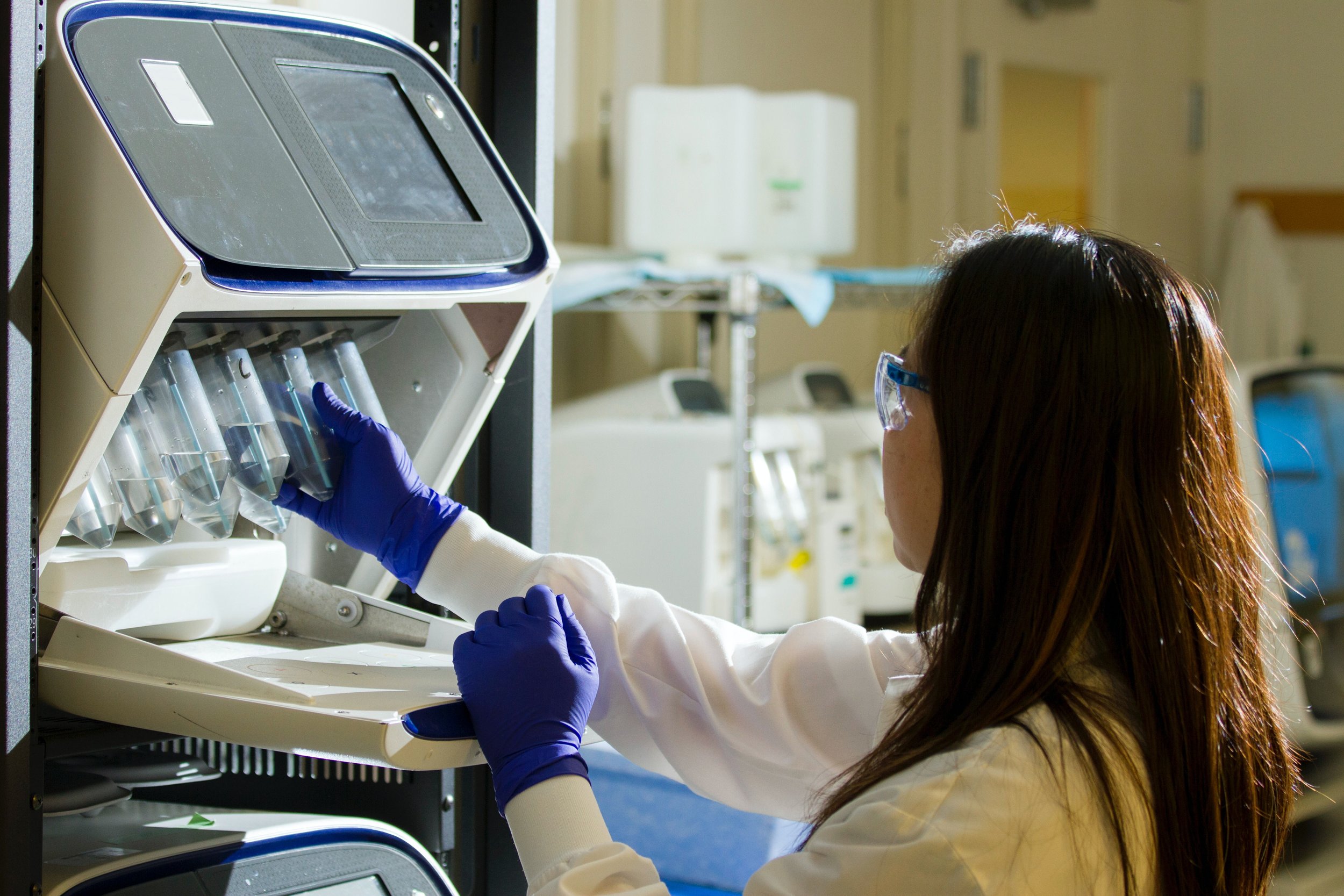Types of Stem Cell Treatments
A stem cell treatment uses stem cells or the specialized cell types that come from stem cells to replace or repair a patient’s cells or tissues that are damaged or absent. The stem cells or cells derived from them may be from the patient or a donor. The cells may be manipulated in the laboratory, including adding or removing genes, before they are put into the patient’s blood or transplanted directly into the damaged tissue. Stem cell treatments may also involve recruiting the stem cells within the patient’s own tissues for self-repair. However, undifferentiated pluripotent stem cells are unsafe to inject into a patient as they could cause tumors to form.
Stem cell treatments are not one-size-fits-all. These treatments will be specific for the unique disease or condition and cell type, and potentially may be unique to the patient themselves. Potential patients should be wary of clinics marketing one stem cell treatment that can be used to treat a diversity of different diseases that affect different parts of the body.
Approved Stem Cell Treatments
Approved stem cell treatments are backed by convincing evidence of efficacy and safety, approved by the appropriate regulatory bodies (e.g. the European Medicines Agency (EMA), the Food and Drug Administration (FDA) in the United States, the Pharmaceutical and Medical Device Agency in Japan (PMDA), or the Therapeutic Goods Administration (TGA) in Australia) and are widely accepted by the global medical community. The first conditions to be treated by accepted stem cell treatments were certain cancers of the blood and selected immunological conditions. There are currently active clinical trials using stem cell treatments for a number of conditions including diabetes, Parkinson’s disease, age-related macular degeneration, and others.
Approved stem cell treatments are limited. An established, approved stem cell treatment is blood stem cell transplantation, also known as bone marrow transplantation or hematopoietic stem cell transplantation. For more than 50 years, doctors have been transferring healthy blood stem cells to replace diseased ones to treat the patient. Blood stem cell transplantation has provided life-long recovery for some patients with disorders of the blood and immune system, acquired loss of bone marrow function, and inherited metabolic diseases. Learn more at Treating Disease. What the Science Says. Blood stem cells can be collected for transplantation from bone marrow, circulating blood, or umbilical cord blood. The use of blood (or hematopoietic) stem cell transplantation to treat blood cancer and some immune disorders is well established, efficacious, and fully regulated. However, there are predatory clinics that offer unproven treatments that claim to treat a variety of other diseases using cord blood cells or cells derived from the placenta. These treatments have not been proven effective or safe. To learn more, see Cord Blood & Uses to Treat Disease. Tissue-specific stem cells or adult stem cells like those found in the skin and cornea also play a role in tissue transplants and can contribute to long-term regeneration. For example, a stem cell treatment approved by the EMA in Europe uses stem cells found in the eye to restore sight after injuries to the cornea. At this time, other stem cell treatments remain experimental and have not yet begun or completed clinical trials or received the necessary approval for clinical use. Before additional stem cell treatments are fully approved, they must undergo rigorous scientific testing to prove that they achieve the desired result and are safe for the patient.
Unproven Stem Cell “Treatments”
Unproven stem cell “treatments” have not been evaluated in a rigorous, multi-step clinical trial process and thus have not been shown to be effective or safe. Unproven stem cell “treatments” are currently being marketed and administered by unscrupulous stem cell clinics and providers around the world and can cause physical, psychological, and/or financial harm. Learn more.
Investigational Stem Cell Treatments
Before a treatment becomes approved, it is considered an investigational treatment. An “investigational treatment” is a term used to describe stem cell treatments that are being tested in clinical trials but are not approved as effective and safe. To be proven effective and safe and receive proper regulatory approval, new uses of stem cells to treat disease must undergo rigorous testing through controlled clinical trials, be reviewed for scientific merit by independent experts, and approved by an ethics committee to ensure that the rights and well-being of the participants are respected. This process can take many years and involves numerous steps and multiple iterations of testing before a new treatment is considered effective and safe and is approved, or before it is determined to be ineffective or unsafe. Until formal approval, a stem cell treatment that is being tested in clinical trials is considered investigational. It is important to understand that testing a stem cell treatment in clinical trials does not guarantee that it will become an established therapy. Many stem cell treatments, as with drug products tested in clinical trials, are not approved and do not reach patients due to problems or shortcomings detected during clinical trials.



